Spring isn’t just about warmer weather and blooming flowers—it’s the perfect time to reset your home and your mindset. A thoughtful round of spring cleaning can do more than just tidy up; it can create a sense of clarity, motivation, and calm that carries through the months ahead. From deep-decluttering forgotten corners to refreshing your most-used spaces, the right cleaning moves can set a powerful tone for the entire year. In this list, we’re highlighting 16 smart and satisfying spring cleaning steps that help you start fresh and stay focused.
1. The Four-Box Method
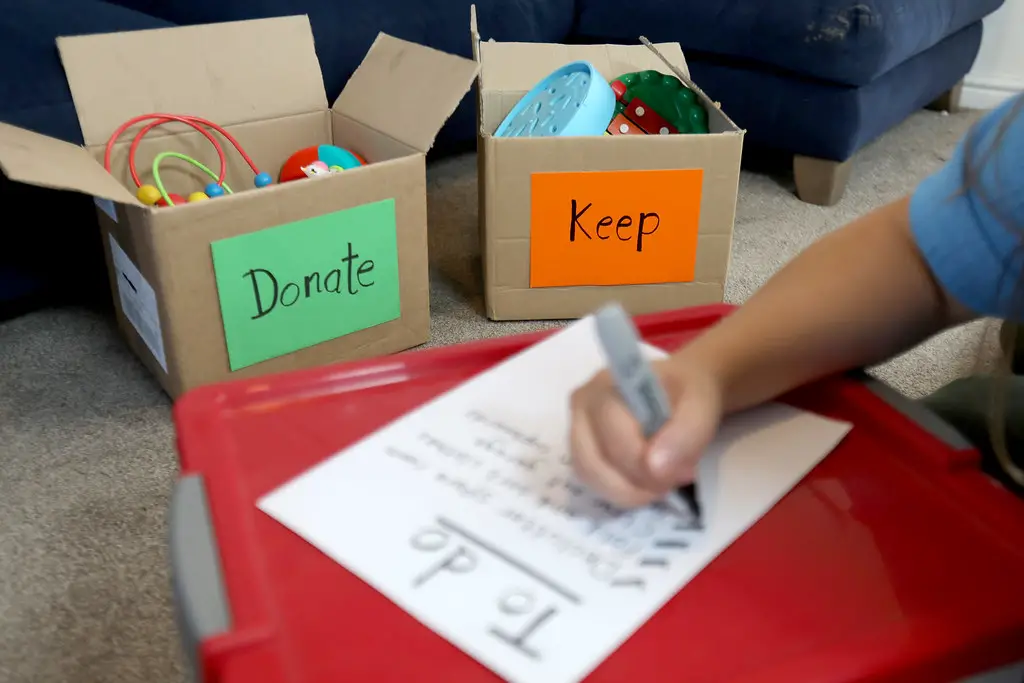
The four-box method is an easy way to make decluttering decisions without feeling overwhelmed. Label four boxes as “Keep,” “Donate,” “Trash,” and “Relocate,” and sort items accordingly. Good Housekeeping states that categorization helps people make faster, more confident decisions while decluttering. This method forces you to assess each item’s value and purpose, helping eliminate unnecessary clutter.
A major advantage of this technique is its clarity, making it easier to separate sentimental attachments from practical needs. It also ensures that no unnecessary items remain hidden in drawers or closets. By using this method regularly, you can gradually reduce clutter and create a more functional living space. Over time, this approach makes maintaining an organized home much easier.
2. The 12-12-12 Rule
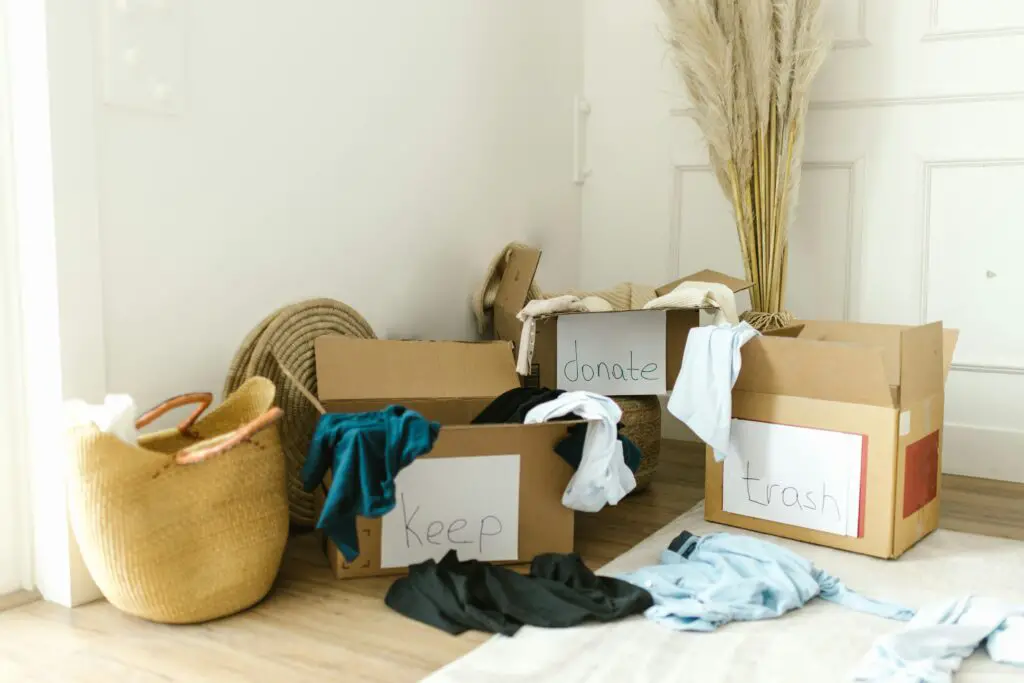
The 12-12-12 rule is a simple yet effective decluttering method: find 12 items to throw away, 12 items to donate, and 12 items to relocate. This structured approach prevents decision fatigue and keeps decluttering manageable. According to The New York Times, breaking tasks into smaller steps helps people stay motivated and prevents overwhelm. By incorporating this rule regularly, you can gradually maintain a clutter-free home without feeling burdened by the process.
The beauty of this method is its flexibility, as it can be done in any room and adjusted based on your needs. If you don’t have 12 items in each category, simply aim for smaller numbers to build momentum. Over time, these small sessions add up to a significant difference. The key is consistency—repeating this hack weekly ensures clutter doesn’t creep back into your space.
3. Baking Soda to Freshen Carpets
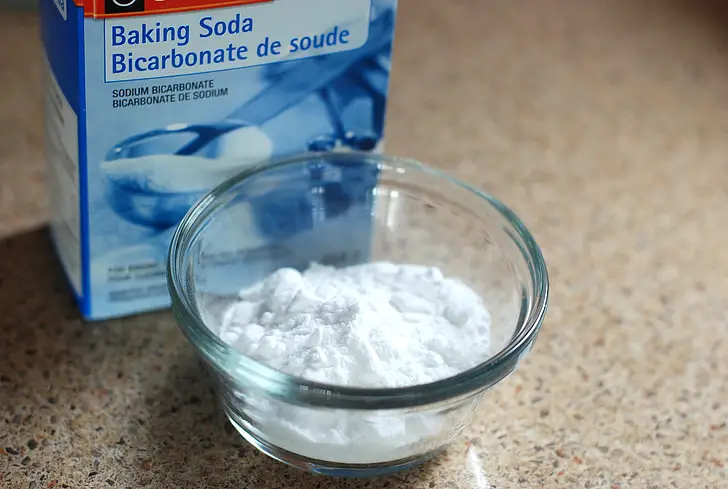
Baking soda has been a staple in household cleaning for generations. According to Better Homes & Gardens, sprinkling baking soda over carpets before vacuuming helps absorb odors and lift dirt. Letting it sit for at least 15 minutes allows it to neutralize pet smells, food spills, and musty odors. A quick vacuum afterward leaves carpets fresh and clean.
Unlike artificial air fresheners, baking soda eliminates odors at the source rather than masking them. It’s a non-toxic option, making it safe for homes with children and pets. This simple yet effective method is a budget-friendly way to keep carpets smelling fresh. Plus, it works just as well on rugs, mattresses, and even upholstery.
4. Lemon and Salt to Clean Cutting Boards
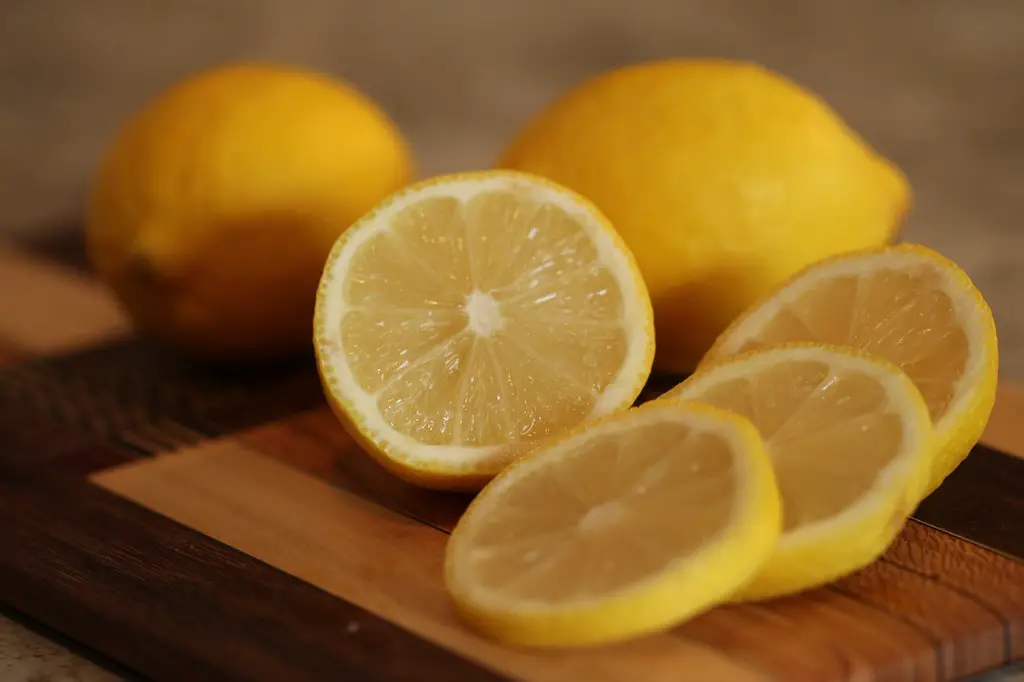
Wooden cutting boards can harbor bacteria if not cleaned properly. Real Simple recommends using a combination of lemon and salt to disinfect and deodorize them naturally. Sprinkling coarse salt over the board and scrubbing with half a lemon removes stains, odors, and lingering food particles. The citric acid in lemons acts as a natural antibacterial agent.
This method is especially effective for removing garlic, onion, and fish smells. After scrubbing, rinse with warm water and let the board air dry completely. Unlike harsh chemical cleaners, lemon and salt won’t damage the wood over time. It’s an easy and natural way to keep cutting boards fresh and sanitary.
5. Toothpaste to Remove Scuffs from Shoes

Scuffed shoes can look worn out, but toothpaste is an old-fashioned trick to restore their shine. According to Reader’s Digest, non-gel white toothpaste works as a mild abrasive that lifts stains and scuffs from leather and rubber. Applying a small amount with a soft cloth and gently scrubbing can make shoes look new again.
After buffing the scuff marks, wipe away excess toothpaste with a damp cloth. This method works particularly well on white sneakers, helping remove dirt and discoloration. Unlike expensive shoe polishes, toothpaste is a quick and inexpensive alternative. A little effort can bring back the original luster of your favorite pair of shoes.
6. Use Clear Storage Bins
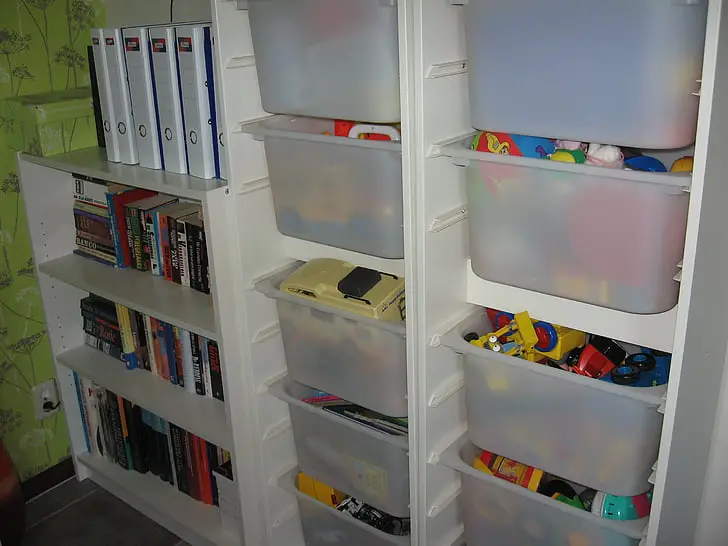
Clear storage bins make it easy to see what you own, reducing the chances of accumulating unnecessary duplicates. Unlike opaque containers, they provide instant visibility, helping you locate items quickly. This is especially helpful for seasonal decorations, craft supplies, and pantry goods. When everything is clearly stored, it minimizes the frustration of searching through cluttered cabinets and closets.
An organized storage system also prevents overbuying since you can immediately see what you already have. Labeling bins further enhances organization, making it even easier to maintain order. Storing similar items together in designated spaces prevents chaos from creeping back in. Ultimately, clear storage bins make tidiness effortless and sustainable.
7. Digitize Paper Clutter
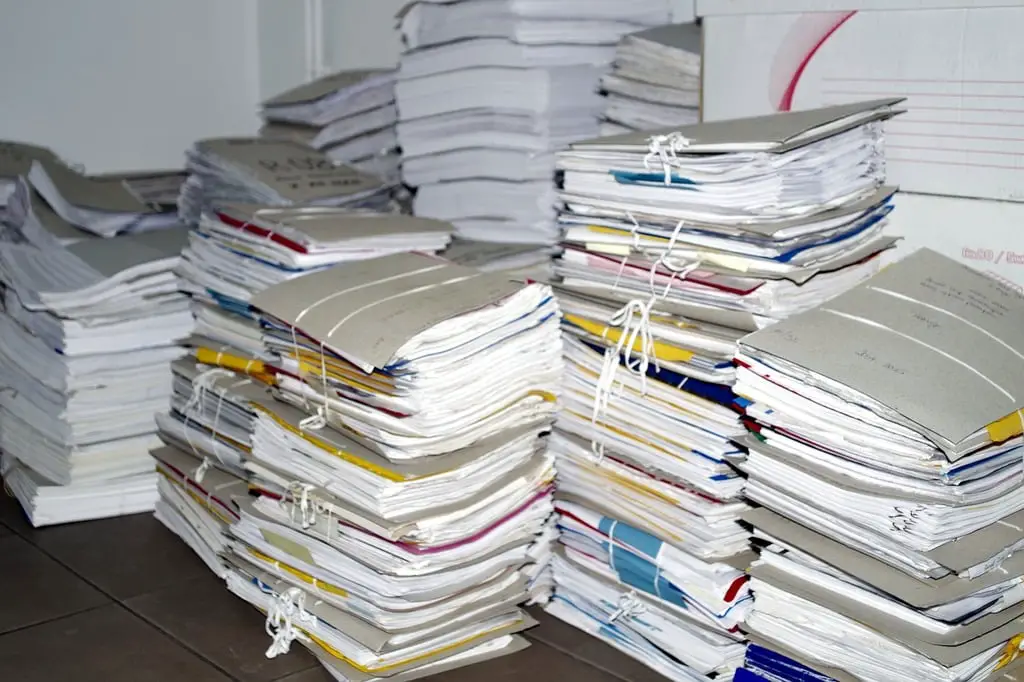
Piles of paper can quickly take over desks, kitchen counters, and drawers. Scanning important documents and storing them digitally eliminates unnecessary paper buildup. Many apps and cloud storage services make organizing digital files simple and accessible. By switching to digital storage, you free up space while ensuring important documents are easy to find.
Unsubscribing from junk mail and switching to paperless billing further reduces incoming clutter. Sorting through existing paperwork and shredding outdated documents keeps files manageable. Creating a filing system for essential documents prevents last-minute scrambling. A paper-free approach makes homes feel lighter and more organized.
8. Rotate Seasonal Items
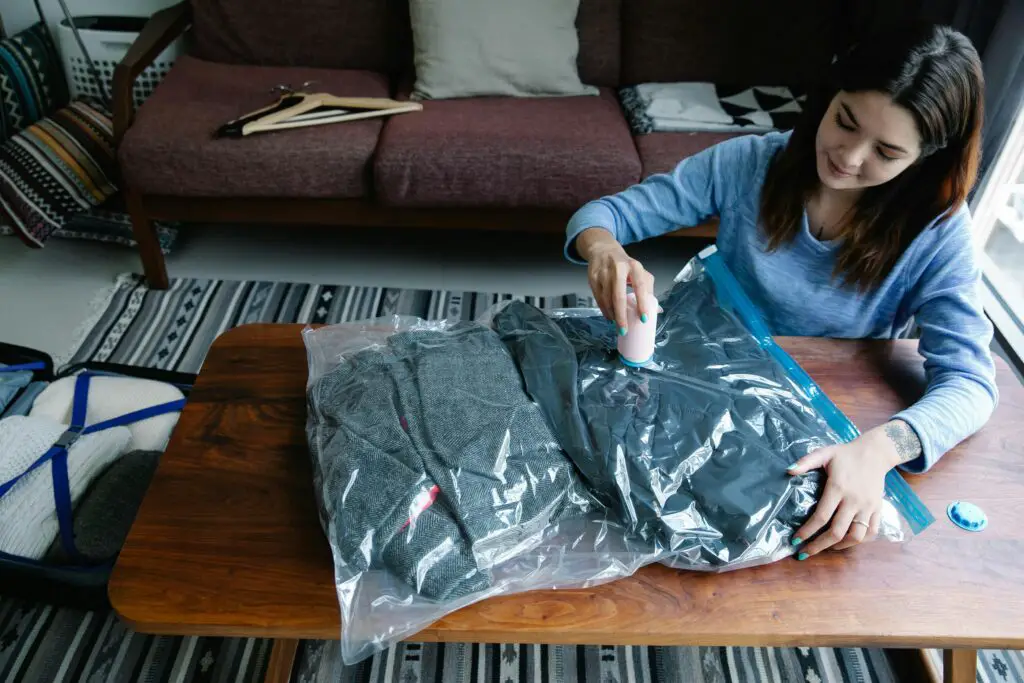
Seasonal decor, clothing, and accessories can take up unnecessary space when not in use. One of the best ways to keep your home feeling organized is to store off-season items in labeled bins, vacuum-sealed bags, or under-bed storage containers. This prevents closets and drawers from becoming overcrowded with items that aren’t immediately needed. Rotating seasonal belongings helps create a sense of order and allows for a fresh start each season. When only relevant items are readily accessible, getting dressed, decorating, or finding seasonal accessories becomes much easier.
Beyond just clothing and decorations, this method can also apply to kitchenware, bedding, and outdoor gear. For example, storing away summer patio cushions in the winter or holiday baking supplies after the season ends frees up valuable space. If storage space is limited, consider using vertical storage solutions like high shelves or overhead racks in garages or closets. By maintaining a rotation system, your home remains uncluttered, and every item has its designated time and place.
9. Salt to Tackle Grease Stains
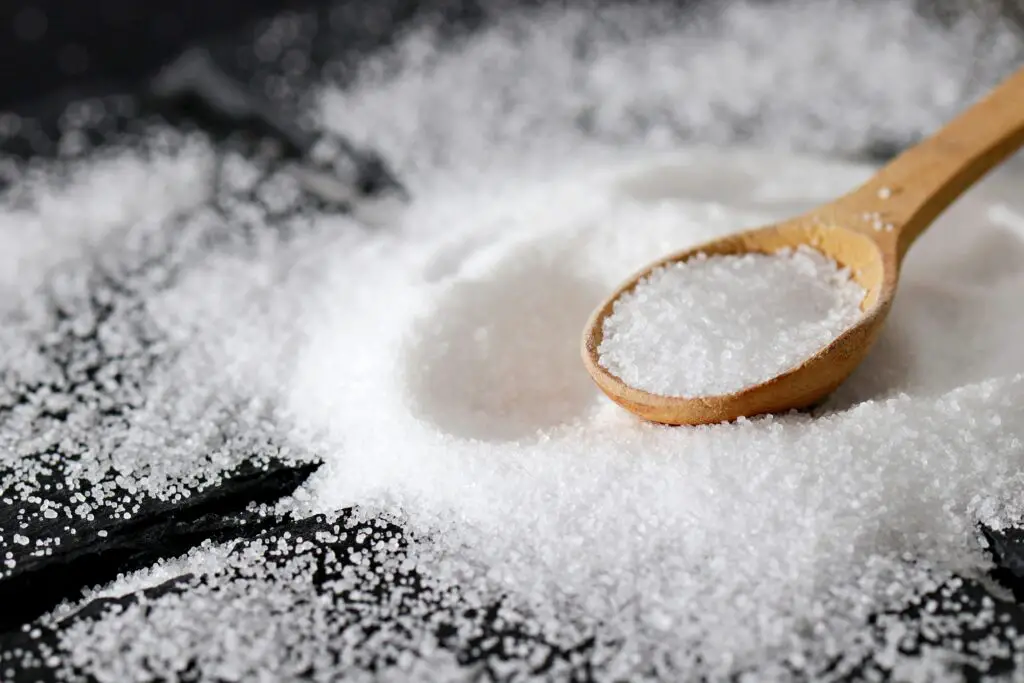
Salt isn’t just for seasoning—it’s also great for absorbing grease stains. Sprinkling salt over a fresh grease spill on fabric or upholstery helps draw out the oil before it sets. After letting it sit for a few minutes, brushing it off and washing the area with dish soap can prevent permanent staining.
For kitchen spills, salt can also help soak up oil on stovetops and counters. Combined with baking soda, it creates a gentle scrubbing paste for tough grease buildup. This simple trick has been used for generations to fight stubborn stains without harsh chemicals.
10. Club Soda to Remove Fabric Stains
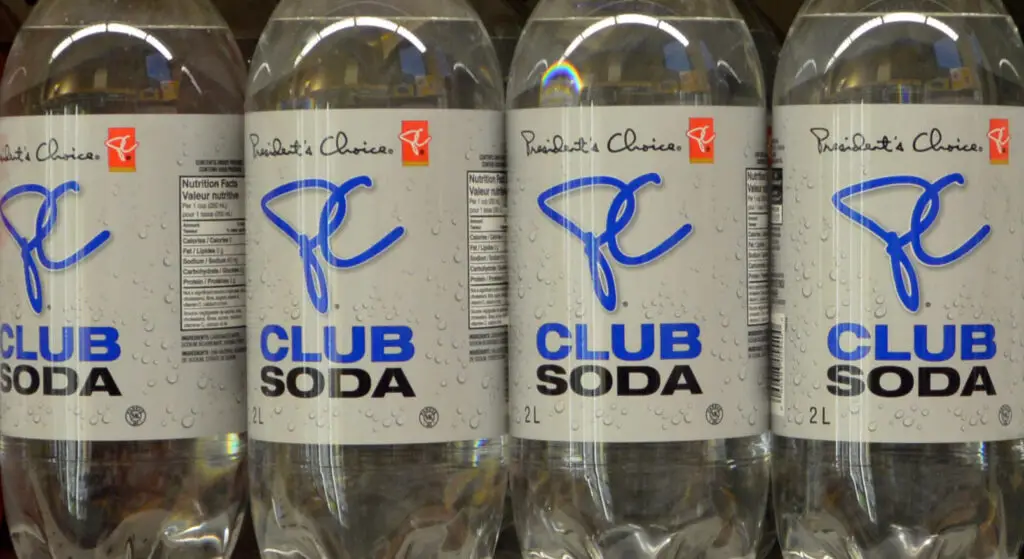
Club soda has been a go-to remedy for stain removal for decades. Pouring it directly onto a stain and blotting with a cloth helps lift red wine, coffee, and ink stains. The carbonation helps loosen the stain, making it easier to remove from fabric.
This trick is especially helpful for fresh spills, preventing them from setting into the fibers. It works on clothing, upholstery, and even carpets. A bottle of club soda is an easy and affordable way to tackle unexpected stains on the go.
11. Dryer Sheets to Repel Dust
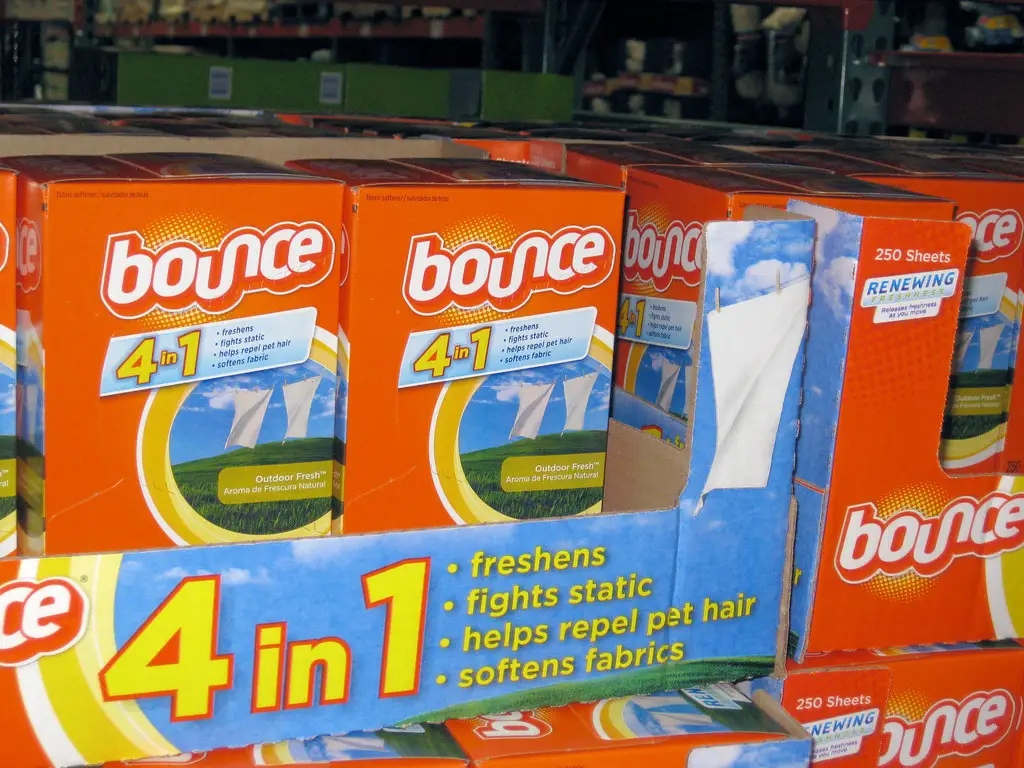
Dryer sheets do more than soften laundry—they also repel dust. Running a used dryer sheet over baseboards, blinds, and electronics helps reduce static, preventing dust from settling. This simple trick keeps surfaces cleaner for longer.
Using dryer sheets for dusting is a great way to reuse them after laundry. They work particularly well on TV screens and computer monitors, where dust tends to collect. A quick wipe-down leaves a fresh scent and reduces the need for frequent dusting.
12. Olive Oil to Polish Wood Furniture
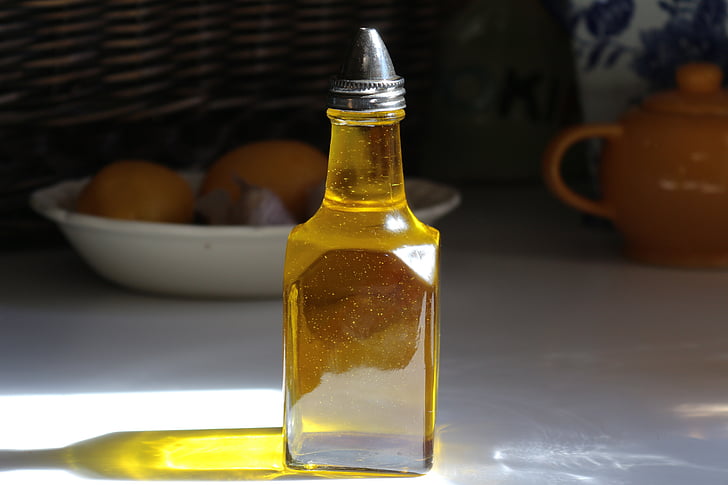
Olive oil isn’t just for cooking—it’s also a natural wood polish. Rubbing a small amount onto wooden furniture with a soft cloth restores shine and prevents drying. This method enhances the wood’s natural beauty without harmful chemicals.
A mixture of olive oil and vinegar can also remove water rings and minor scratches. Unlike commercial polishes, it doesn’t leave a sticky residue. Grandmothers used this trick to keep wooden furniture looking beautiful for years.
13. Hydrogen Peroxide to Whiten Grout
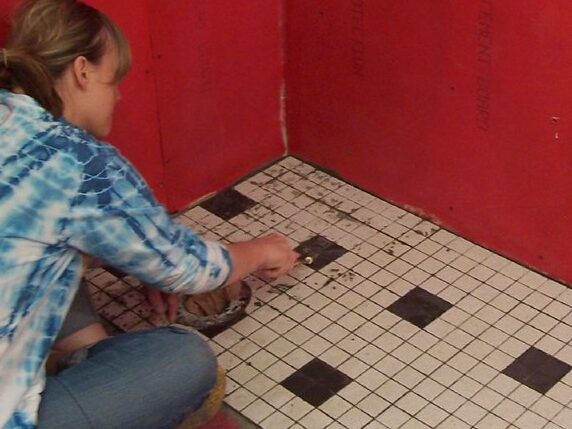
Dirty grout can make a bathroom look old, but hydrogen peroxide restores it easily. Applying it with an old toothbrush lifts stains and brightens tile grout without scrubbing too hard. Letting it sit for a few minutes before rinsing enhances its whitening effect.
This method is a safe alternative to bleach, which can be harsh on some surfaces. It’s also effective for kitchen backsplashes and tiled floors. With regular use, grout stays fresh and mold-free without the need for harsh chemicals.
14. Tea Bags to Deodorize Shoes

Tea bags absorb moisture and odors, making them a great shoe deodorizer. Placing a few dry tea bags inside shoes overnight eliminates bad smells. The tannins in tea help neutralize odor-causing bacteria.
This trick works well for gym shoes, work boots, and sneakers. It’s an easy, natural way to keep shoes fresh without sprays or powders. Plus, it leaves behind a light, pleasant scent.
15. Aluminum Foil to Scrub Pots and Pans
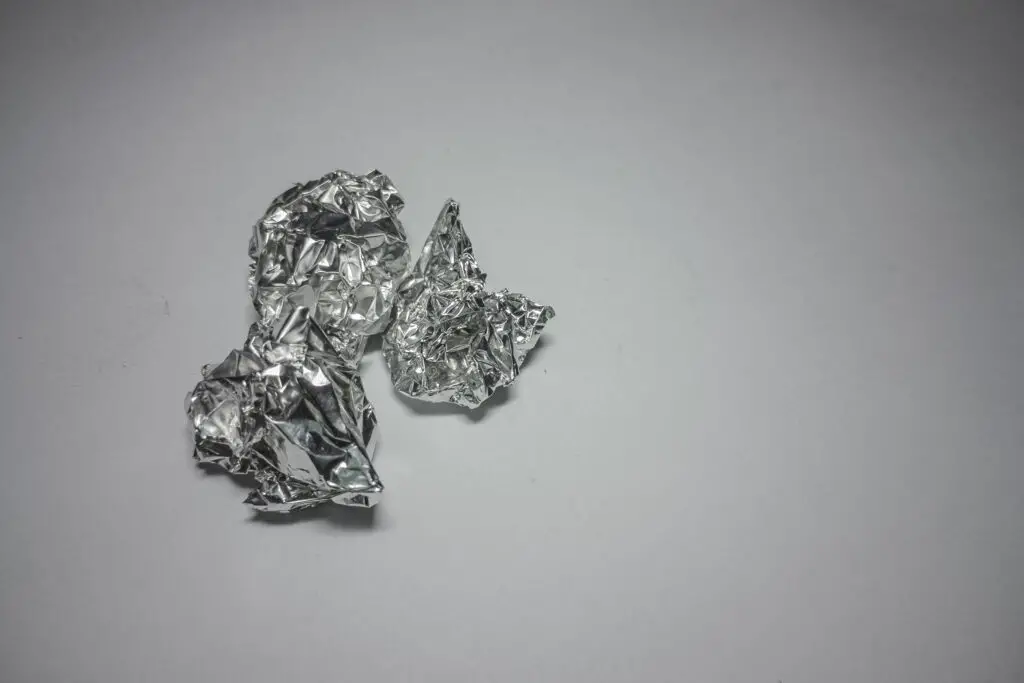
Crumbled aluminum foil works as a great scrubber for tough food residue on pots and pans. It’s especially useful for cast iron skillets and baking sheets with stuck-on grime. The foil’s texture helps break down buildup without damaging surfaces.
This trick saves money on sponges and steel wool while being just as effective. Using a bit of dish soap with the foil enhances its cleaning power. It’s another example of how simple household items can be repurposed for cleaning.
16. Cornstarch for Streak-Free Glass
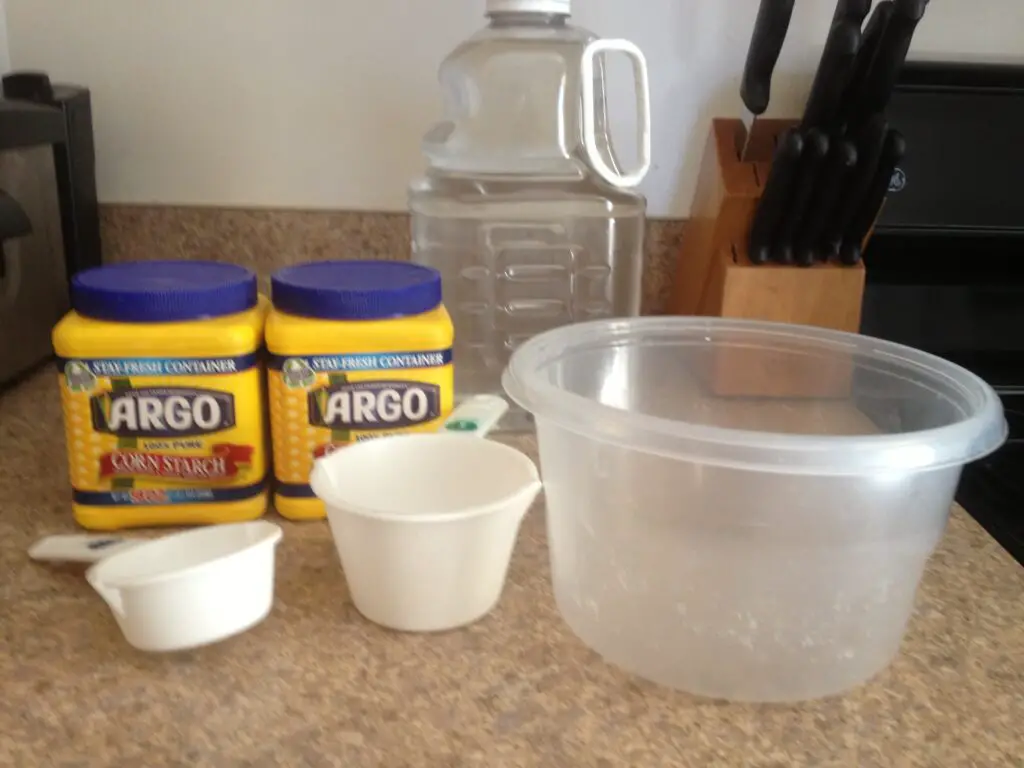
Cornstarch is a surprising yet effective ingredient for glass cleaning. When mixed with water and vinegar, it creates a streak-free solution that makes windows and mirrors shine. The fine particles in cornstarch act as a gentle abrasive, breaking down smudges without scratching surfaces.
This method leaves no sticky residue and works well on car windows, shower doors, and glass tabletops. It’s a budget-friendly alternative to store-bought glass cleaners and is free from artificial fragrances. Grandmothers relied on this hack to keep their glass surfaces spotless with minimal effort.
